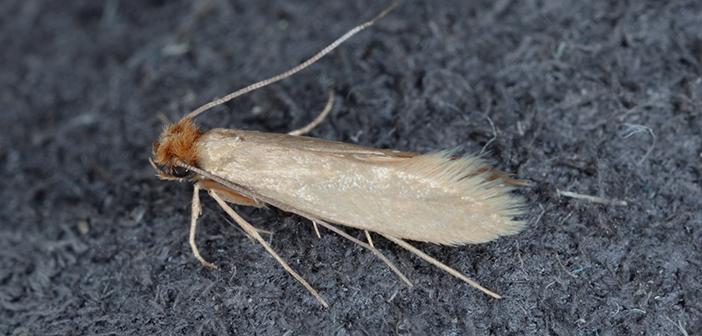With people reaching for their favourite knitwear in the back of the wardrobe ahead of the cold snap, Rentokil has offered consumer advice on keeping clothes moths away.
For some though, they may find that their favourite knitted jumpers, scarves or other knitwear have rather more holes in than they did when they were put away for the summer – which is likely to be the work of textile moths.
Berwyn Evans, head of SME at Rentokil, said: “There are around 2,500 species of moths in the UK, and the majority of them are harmless. The common knitwear-eating culprits are the Common Clothes Moth or the Case-Bearing Clothes Moth.
“Both are small and difficult to spot, as they prefer dark, undisturbed areas, but they are not confined to residing only in wardrobes, and can also be found in attics, basements, cupboards, drawers and the space under beds.”
Mr Evans said: “Once inside your home these moths can damage natural fibres – such as wool, silk or cotton – as they feed on the protein keratin found in them. This means they could be feasting unnoticed on your carpets, clothes, fabrics, fur and even leather items, and potentially putting some much-loved delicate items at particular risk of damage, especially if they are put away for long periods of time.
“A textile moth infestation can cause a lot of unsightly damage to clothes, carpets and other materials in your home or business. It is important to take action as soon as you see any signs of moths.”


